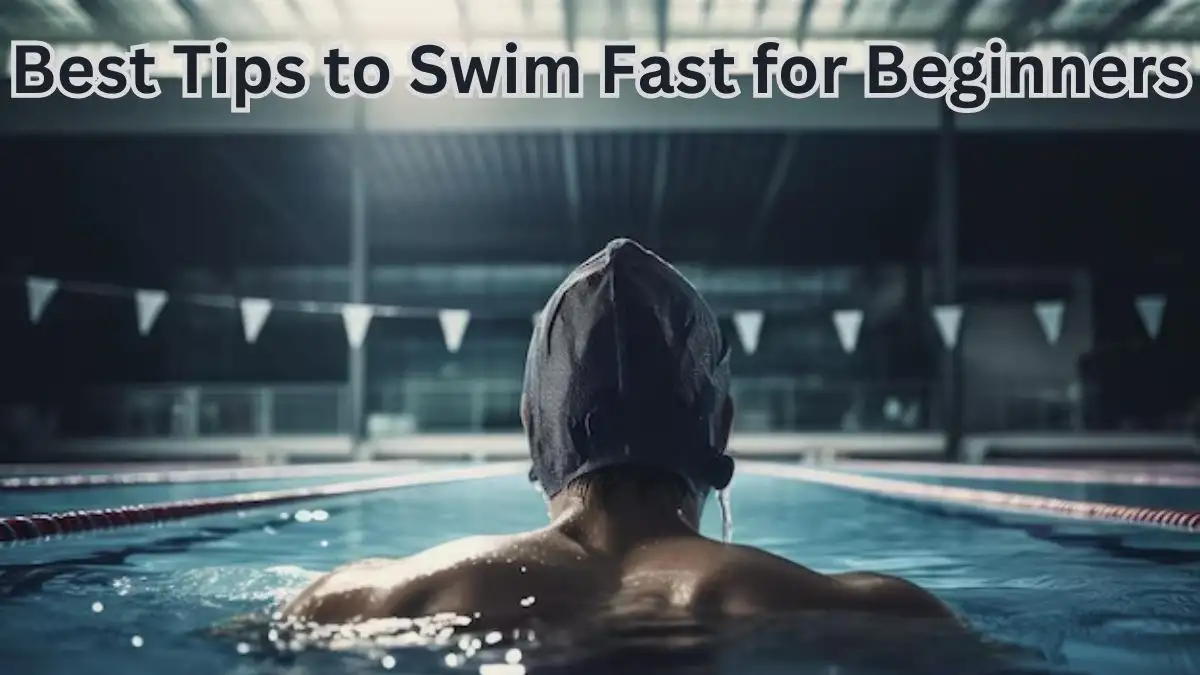Best Tips to Swim Fast for Beginners
Master the Basics:
- Ensure you have a good grasp of fundamental swimming techniques, including proper body positioning, arm movements, and breathing.
- Focus on building a strong foundation in swimming before attempting to increase speed.
Article continues below advertisement
Improve Stroke Technique:
- Work on refining your stroke technique to reduce drag and increase efficiency.
- Practice drills that emphasize correct arm movements, body rotation, and hand positioning.
Breathing Control:
- Develop a rhythmic and controlled breathing pattern to sustain your energy throughout the swim.
- Practice bilateral breathing (breathing on both sides) to maintain balance and efficiency.
Kick Effectively:
- Pay attention to your leg movements, ensuring a steady and propulsive kick.
- Avoid over-kicking, as it can lead to fatigue. Focus on a controlled and streamlined leg action.
Article continues below advertisement
Increase Arm Strength:
- Strengthen your arm muscles to improve pulling power.
- Incorporate swimming-specific exercises and dryland workouts, such as pull-ups and resistance training, to build arm strength.
Understand Water Flow:
- Learn how water flows around your body and gear your movements to minimize resistance.
- Practice swimming in a streamlined position to reduce drag and increase speed.
Article continues below advertisement
Interval Training:
- Incorporate interval training into your workouts, alternating between periods of high and low intensity.
- This helps build cardiovascular endurance and improves your ability to swim at faster speeds.
Article continues below advertisement
Use Swim Aids:
- Consider using swim aids like paddles and fins during training sessions to target specific muscle groups and enhance propulsion.
Video Analysis:
- Record your swimming sessions and analyze the footage to identify areas for improvement.
- Seek feedback from experienced swimmers or coaches to fine-tune your technique.
Consistent Practice:
- Regularly practice swimming to build endurance and muscle memory.
- Consistency is key to improving speed and overall swimming performance.
Benefits of Swimming
Full-Body Workout:
- Swimming engages multiple muscle groups simultaneously, providing a comprehensive full-body workout.
- It helps tone muscles, improve strength, and enhance overall fitness.
Article continues below advertisement
Article continues below advertisement
Low Impact Exercise:
- Swimming is a low-impact exercise, making it gentle on the joints and suitable for people of all ages.
- It reduces the risk of injuries often associated with high-impact activities.
Cardiovascular Health:
- Regular swimming contributes to better cardiovascular health by improving circulation and enhancing heart and lung function.
- It helps lower the risk of heart disease and maintain a healthy cardiovascular system.
Weight Management:
- Swimming is an effective way to burn calories, aiding in weight management and supporting weight loss goals.
- The resistance of water adds intensity to the workout, promoting calorie expenditure.
Improved Flexibility:
- The range of motion involved in swimming strokes promotes flexibility and joint mobility.
- It helps prevent stiffness and enhances overall flexibility.
Article continues below advertisement






